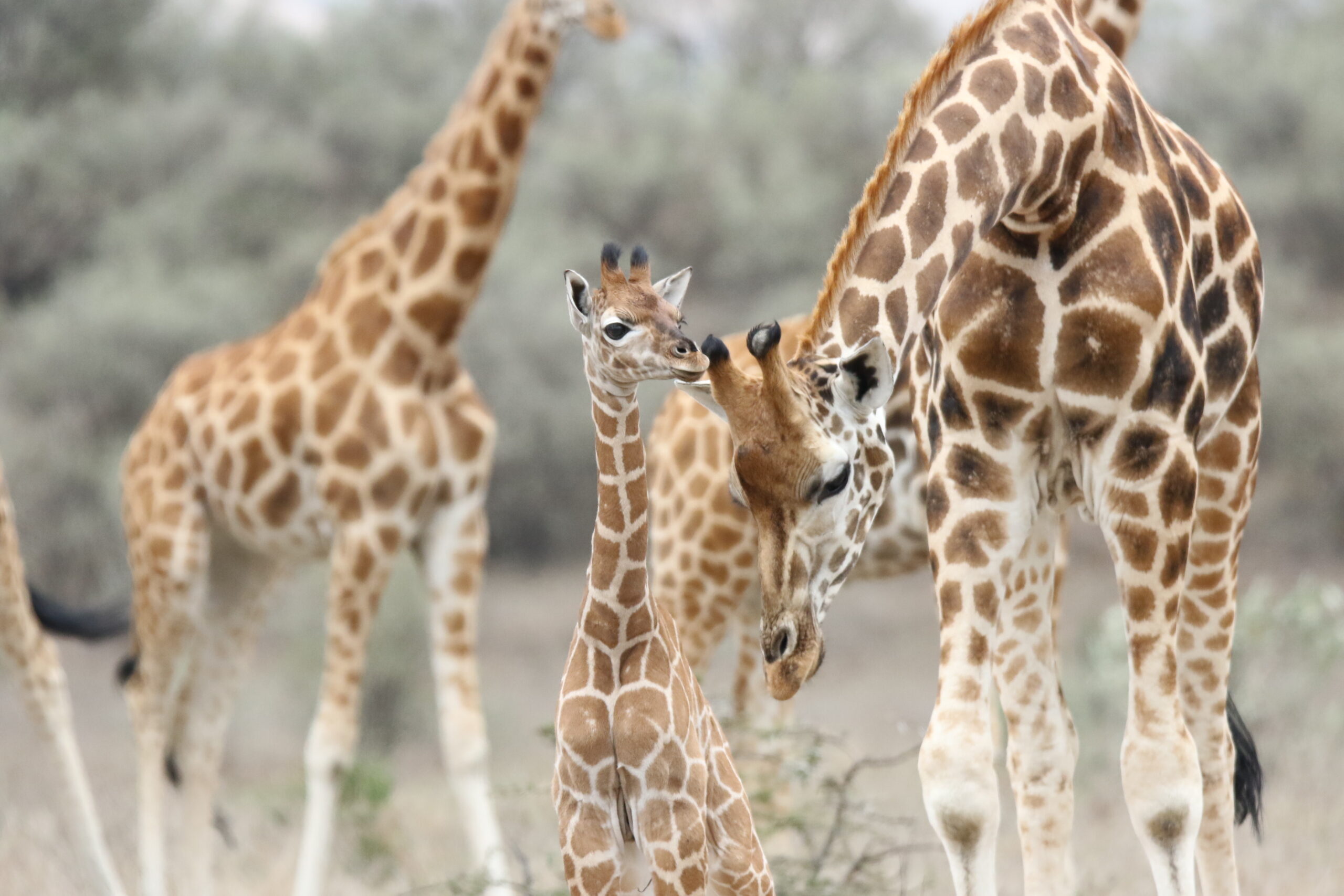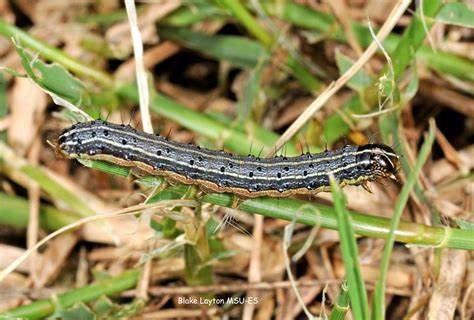Omanyano ovanhu koikundaneki yomalungula kashili paveta, Commisiner Sakaria takunghilile
Veronika Haulenga
Omanyano ovanhu koikundaneki yomalungula kashili paveta, Commisiner Sakaria takunghilile
Veronika Haulenga
Listeners:
Top listeners:
-
play_arrow
Omanyano ovanhu koikundaneki yomalungula kashili paveta, Commisiner Sakaria takunghilile Veronika Haulenga
Silent Extinction: Giraffe Reveal Stunning Genetic Diversity and Urgent Need for Conservation

Giraffe numbers in Africa have dropped significantly in the last 35 years and latest estimates by the Giraffe Conservation Foundation (GCF) have their numbers at only 117,000 animals in the wild. This means that there is only one giraffe for every four elephant remaining in Africa. This rather perturbing situation is exacerbated by the recent understanding that there are four distinct species of giraffe and not only one as previously thought.
Alarmed by this rapid decline and a lack of understanding of many aspects of giraffe and their ecology in the wild, GCF and the Senckenberg Biodiversity and Climate Research Centre together with field partners from the Kenya Wildlife Service and the San Diego Zoo Wildlife Alliance embarked on an ambitious collaborative study in Kenya.
Three of the four giraffe species occur in Kenya: Nubian (G. camelopardalis camelopardalis), reticulated (G. reticulata), and Masai giraffe (G. tippelskirchi tippelskirchi). While their habitats are now rather distinct, different species rarely come into contact with each other yet historically they clearly overlapped. Scientists have long proposed that giraffe, in particular those living in key geographic border areas in Kenya, have hybridized. While interbreeding between different giraffe species in captivity (zoos) is well recorded and occurs often, there are only anecdotal reports of natural hybrids in the wild and these have never been published in a scientific study.
This new study now shows that while it is in theory possible for different giraffe species to interbreed, they simply do not. While the exact reasons are still unknown – sometimes good to have an ecological mystery, the data shows that their selection for specific behaviours or certain isolating mechanisms prevents them from interbreeding. This so-called ‘reproductive isolation’ further supports the previous findings that there are four distinct species of giraffe (Coimbra et al. 2021; Winter et al. 2018; Fennessy et al. 2016).
The study analyzed 128 genomes of wild giraffe, including 113 newly sequenced genomes from giraffe in Kenya, all representing these three species. The study found varying levels of Nubian giraffe ancestry in a number of reticulated giraffe samples that were collected from the Laikipia Plateau in northern Kenya. These results reflect a historical gene flow between these two lineages. Comparatively weaker signs of ancestral gene flow and potential mitochondrial introgression from reticulated into Masai giraffe were also detected, but the hybridization between these two lineages are minimal and not recent.
Furthermore, the genetic findings highlight that effective giraffe population sizes in Kenya have declined since the Late Pleistocene (>11,700 to 129,000 years ago). This decline was most severe for
Nubian and reticulated giraffe. Such findings highlight the urgent need for increased giraffe conservation efforts in Kenya and throughout their range on the African continent.
Prof. Dr. Axel Janke from the Senckenberg Biodiversity and Climate Research Centre added that: “Despite historically hybridizing, no contemporary gene flow between these three giraffe lineages has occurred and they have maintained their overall genomic integrity. Kenya is a melting – not a mixing! – pot for these giraffe.”
The implications of this and previous studies are far reaching for giraffe conservation and management in the wild. In 2016 giraffe as a single species were uplisted from Least Concern to Vulnerable on the IUCN Red List of Threatened Species. As a critical indicator of the health of the world’s biodiversity, the IUCN Red List is a powerful tool to inform and catalyze action for biodiversity conservation and policy change. With recent findings that there are indeed four distinct species of giraffe, this has significant implications for managing their biodiversity, in particular when considering that likely three of the four species of giraffe would be listed as Critically Endangered or Endangered. It is urgent time to give a voice to their silent extinction.
Findings from this study should also provide the impetus to re-evaluate the status of giraffe on international treaties, particularly the Convention on the Conservation of Migratory Species of Wild Animals (CMS) and Convention on International Trade in Endangered Species of Wild Fauna and Flora (CITES), which both added giraffe as a single species to Appendix II in 2018 and 2019, respectively.
“This first genome-scale assessment of hybridization among East Africa’s giraffe lineages will aid in redefining their taxonomic status on the IUCN Red List and other international conventions. A re-assessment is critical for their conservation. We cannot continue to throw all giraffe into one basket, so to speak. They are genetically different and it is about time that each unique giraffe species gets the attention they deserve, so we can secure their survival in the wild,” says Dr Julian Fennessy, Director of Conservation at GCF. “The outdated taxonomic classification used by the IUCN Species Survival Commission has a direct negative effect on giraffe conservation efforts in Africa. It is important that we give each giraffe species the level of protection they deserve. This is the only way we can save them – before it is too late!”
————–
Citation
Coimbra RTF, Winter S, Muneza A, Fennessy S, Otiende M, Mijele D, Masiaine S, Stacy-Dawes J, Fennessy J & Janke A. Genomic analysis reveals limited hybridization among three giraffe species in Kenya. BMC Biol 21, 215 (2023). https://doi.org/10.1186/s12915-023-01722-y
————–
Written by: Contributed
Africa Conservation Giraffe Giraffe Conservation Foundation IUCN IUCN Red List Kenya Namibia Reticulated Giraffe
Similar posts
Schlettwein says land bill must address colonial land disparities
https://youtu.be/GW6BdAzCi_s By: Envaalde Matheus The former agriculture minister, Calle Schlettwein, says the land bill must tackle the country’s skewed land ownership structure. The land bill is designed to unify and streamline land governance by consolidating laws governing communal and commercial land into a single legal framework. Schlettwein said the […]
todayApril 3, 2025 24 5
Windhoek Weather
Most popular

Mbumba signs off new benefits for retired political office bearers

Former FNB employee arrested after defraud pensioner off N$215, 000

Namdia Heist: More questions, lots of confusion

Omuhwahwameki Michael okuunganeka oshikonga shoku patitha oostola dho Rani moshilongo ashihe.

Walvis Bay woman loses over N$777.000 to a fraudster
Copyright 2025 Future Media (Pty) Ltd | Website by Digital Platforms
Tel: +264 83 000 1000 | Email: news@futuremedia.com.na




